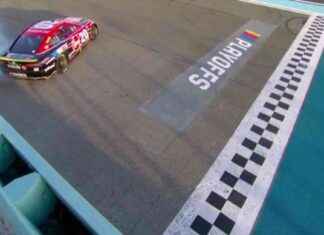Among the basic aspects that a driver must master is the driving technique itself, understanding the internal functioning and how and when to use each of the car’s gears, the brake and the accelerator. As well as being clear about traffic and safety rules, among many other aspects. However, there is one that becomes the unfinished business of some drivers, even though they have been behind the wheel for years. This is how to circulate on different types of lanes, with braided lanes being one of those that cause the most confusion.
This type of road is characterized by combining an acceleration lane and a second acceleration lane. That is, at a single point conductors with two different trajectories intersect. On the one hand, that of the vehicles that leave the road, and, on the other, that of those whose intention is precisely to join it. Drivers who have a minimum of experience driving on highways and highways have most likely used some of them, even without realizing it.
Braided rails are a practical solution, however, they carry a series of dangers for drivers to take into account. Mainly, this is due to the fact that two different traffic flows converge in the same space, since the vehicles seeking to leave the road and those seeking to access it are traveling at different speeds.
However, although braided lanes have certain risks, sometimes they are the only alternative to organize traffic on that road. Since these are usually located in sections where, due to a lack of space in said area, it is not possible to build an acceleration lane and a deceleration lane independently.
To make clear the way in which braided lanes should be used, the General Directorate of Traffic (DGT) wanted to clarify it through its social networks.








